Following the devastation of Europe in the post-World War 2 years, it become apparent that the USA had developed a large interest in the way cinema from Europe was to be regulated. As Forbes and Street’s 2000 work Protectionism and Subsidy from European Cinema states, “there is ample evidence that the Americans wished to dump films into the European markets”. This was no doubt due to the potential of film on national and popular culture, and the Americans were not eager to see films such as Leni Riefenstahl’s Triumph of the Will appear on European (particularly German) screens again, obviously due to the potential pro-national incitement they might cause.
As a result, European cinema often struggled to find a voice after the war years, but of course did so due to film makers such as Jean-Luc Godard, Ingmar Bergman, Federico Fellini and Werner Herzog to name just a very small few. Ironically, the mass privatisation efforts and deregulation of the 1980’s under the Thatcher and Reagan governments in the UK and the US respectively, saw an increase in merger/takeover operations of media corporations and combined with speedy electronic and technological changes, much of the media industry in Europe became firmly dominated by the United States anyway. This included cinema.
In a reactionary and “avant-garde” attempt to reclaim cinema from increased globalisation and Americanisation, (dubbed a ‘rescue action’ by its founders), a small group of Danish film makers established in 1995, the Dogme95 approach to film. Thomas Vinterberg’s 1998 film Festen (The Celebration) and Lars von Trier’s The Idiots, also from 1998, helped to initiate the movement and at the time these films were released they sparked international interest and incited filmmakers from all over the world to follow suit. Some films that followed were great, others were terrible, but in many cases, the focus tended to revolve around the method and style of creation of Dogme95 as a movement as opposed to the actual works. In a way this might have been comparable to terms like “grunge” and “punk” when they first appeared…which as we all know, not everything that is branded with those terms is a guarantee of quality!
Søren Kragh-Jacobsen’s romantically-tinged film from 1999 entitled Mifune’s Last Song (the third entry into the Dogme95 series) was a huge success in Denmark and around the world, but it is the more lesser-known film from 2000 by Kristian Levring entitled The King is Alive that this piece is focusing on. To begin though, some back history is required. As Mette Hjort’s A Small Nation’s Response to Globalisation describes, Dogme95 was “a novel and insightful response to the inequalities of globalising process”, with an ideology that seemed unusual, particularly at the time it was introduced. The notion of abiding by set of rules or “Vow of Chastity”, the specifics of filming, and the insistence of not crediting the director all proved to be fruitful, stimulating creativity within restrictions.
The “rules” are as follows:
- Shooting must be done on location. Props and sets must not be brought in (if a particular prop is necessary for the story, a location must be chosen where this prop is to be found).
- The sound must never be produced apart from the images or vice versa. (Music must not be used unless it occurs where the scene is being shot.)
- The camera must be hand-held. Any movement or immobility attainable in the hand is permitted.
- The film must be in colour. Special lighting is not acceptable. (If there is too little light for exposure the scene must be cut or a single lamp be attached to the camera).
- Optical work and filters are forbidden.
- The film must not contain superficial action. (Murders, weapons, etc. must not occur.)
- Temporal and geographical alienation are forbidden. (That is to say that the film takes place here and now).
- Genre movies are not acceptable.
- The film format must be Academy 35 mm.
- The director must not be credited.
Furthermore I swear as a director to refrain from personal taste. I am no longer an artist. I swear to refrain from creating a ‘work’, as I regard the instant as more important than the whole. My supreme goal is to force the truth out of my characters and settings. I swear to do so by all the means available and at the cost of any good taste and any aesthetic considerations.
As such, a kind of realistic, almost documentary style of film is common in Dogme95. Festen for instance was shot on a Sony Handycam using Mini-DV cassettes, and almost resembles a home movie from the 90’s.
Although Dogme95 certainly has its criticisms, it was arguably a positive attempt to revitalise cinema. Although comparisons can be made to other film makers using similar minimalist methods (John Cassavetes, David Lynch, E. Elias Merhige, etc), in many cases through necessity as opposed to design, it is easy to see how Dogme95 has affected cinema today. It’s almost taken for granted that anyone can make a movie on a very small or even non-existent budget today and even go one step further by uploading it to the internet (YouTube, Vimeo, etc) in order to cut out the middleman of distribution.
One imagines it wouldn’t be easy to make a Dogme95 film, despite the apparent simplicity on paper. Obstacles are to be overcome depending on the story, budget and locations. As a result, it is in this that the Dogme95 spirit finds a great strength. The rules, as Hjort says, are “…not about following the Brother’s Rules – it’s simply about setting some rules and some limitations, and these can be any. The idea is simply to gain creativity thought self-imposition.” That is to say, once the framework is established, it can lead to different results on film. Thomas Vinterberg has confessed to breaking his own rules, as he explains in an interview with Geoffrey MacNabb in an article called The Big Tease. He states that at times the camera was not handheld but Scotch taped onto a wall and a different film format was used. Vinterberg (most likely out of necessity), did not follow these rules, despite the Dogme95 manifesto stipulating that the camera must be handheld and Academy 35mm must be used for shooting.
But at the end of the day, does it really matter if an exception was made? Not really. Similar to punk rock’s ethic of DIY spirit, the Dogme95 film school preferred to work through experimentation. Dogme95’s contribution to cinema is not going to be remembered for incredible film making, or outstanding storylines. It is more remembered as an innovative style of guerrilla film making and as a response to globalisation. For this, it is an important contribution to cinematic history and certainly a good example of challenging the pre-conceived norms of how films are made.
Why The King is Dead is such an interesting addition to the Dogme95 series is that it’s easily the most visually spectacular of the canon. It’s also one of the bleakest. Set in the Namibian desert during a tourist bus breakdown, the gruelling endurance test of survival quickly turns into a Lord of the Flies scenario with the only glimmer of staving off insanity through boredom occurring in the form of recreating Shakespeare’s King Lear. The events of the play soon mimic real life (or vice-versa) with harrowing results. The film could be considered an “intellectual disaster movie” and is similar to other Dogme95 films by way of being an ensemble story of confrontation and conflict. Possibly breaching the Dogme95 rules, the director manages to integrate the barren and isolated landscape of the desert into the themes of the film, leaving us with a sense of complete and utter hopelessness.
Enjoy.




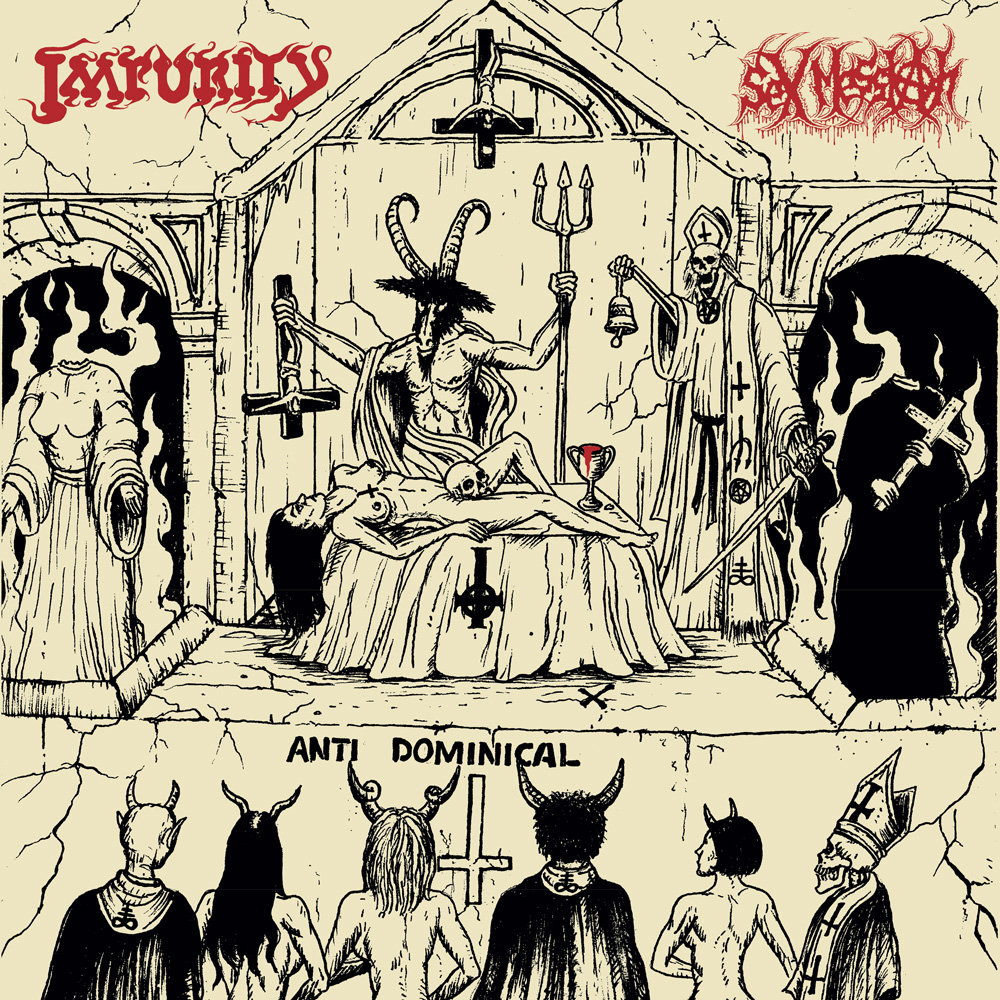

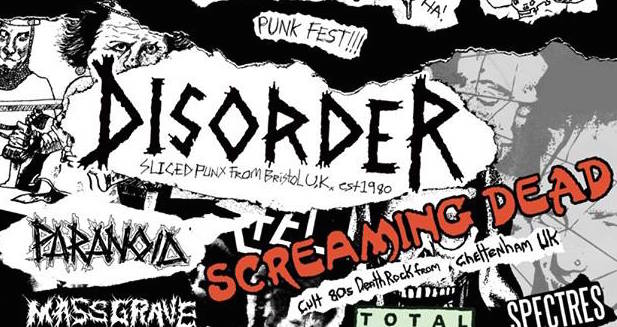

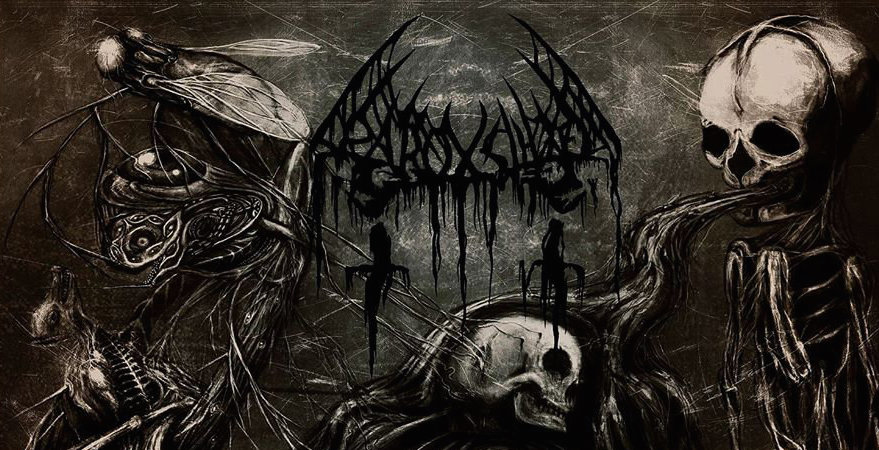
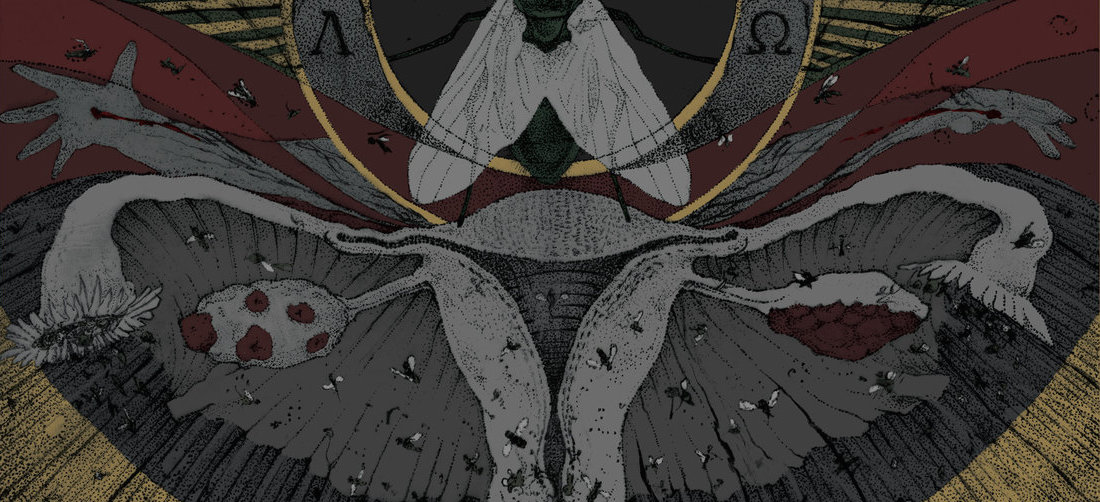
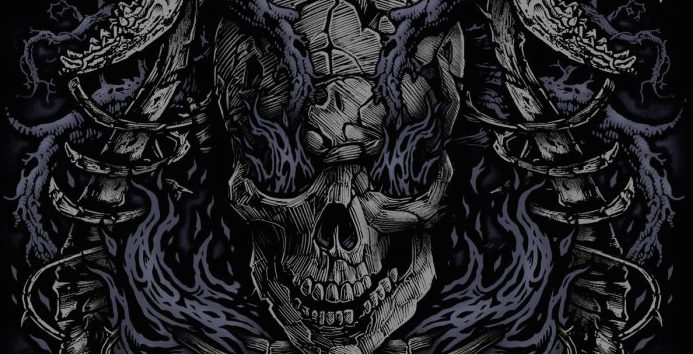
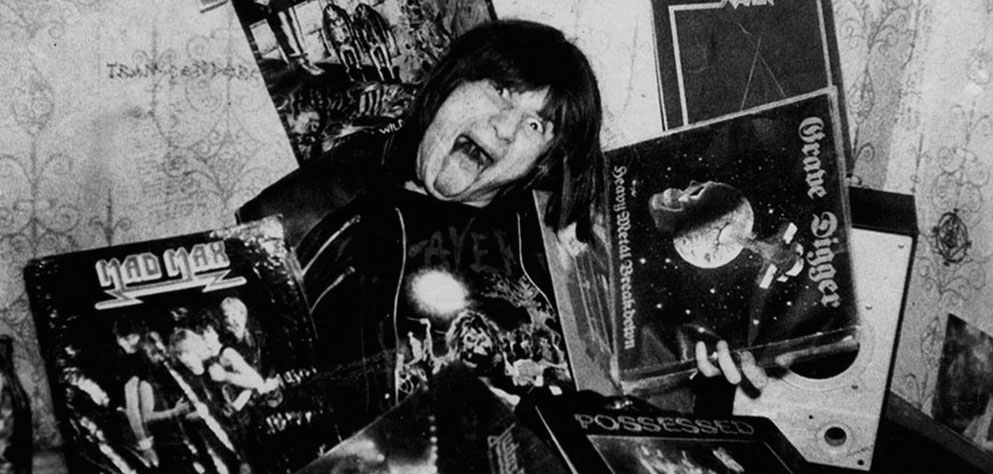

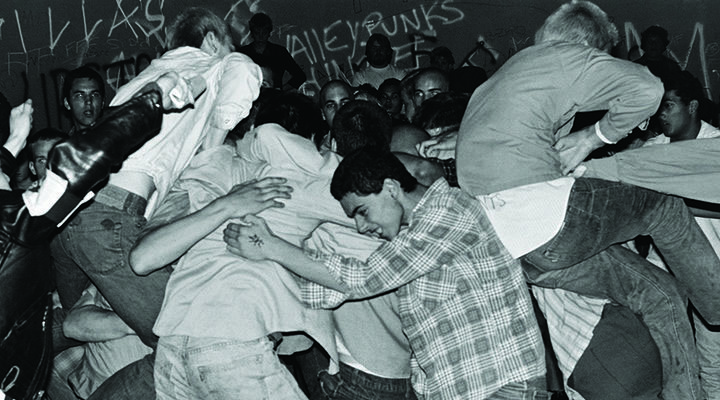


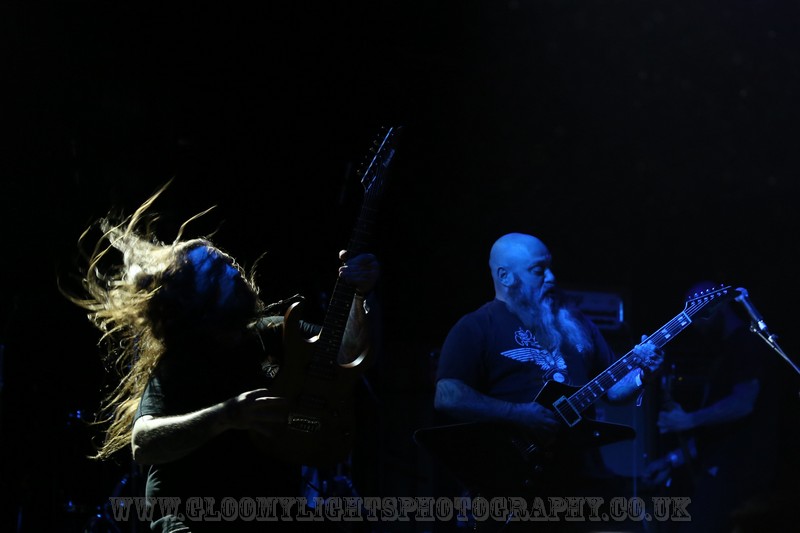



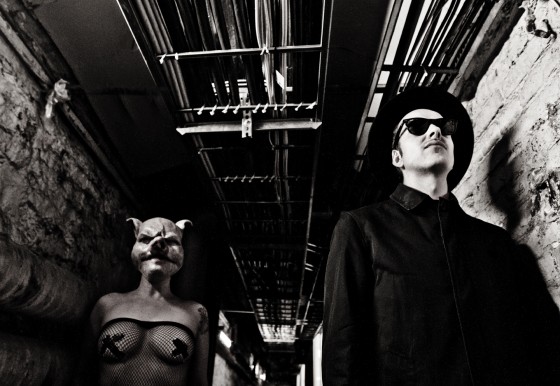
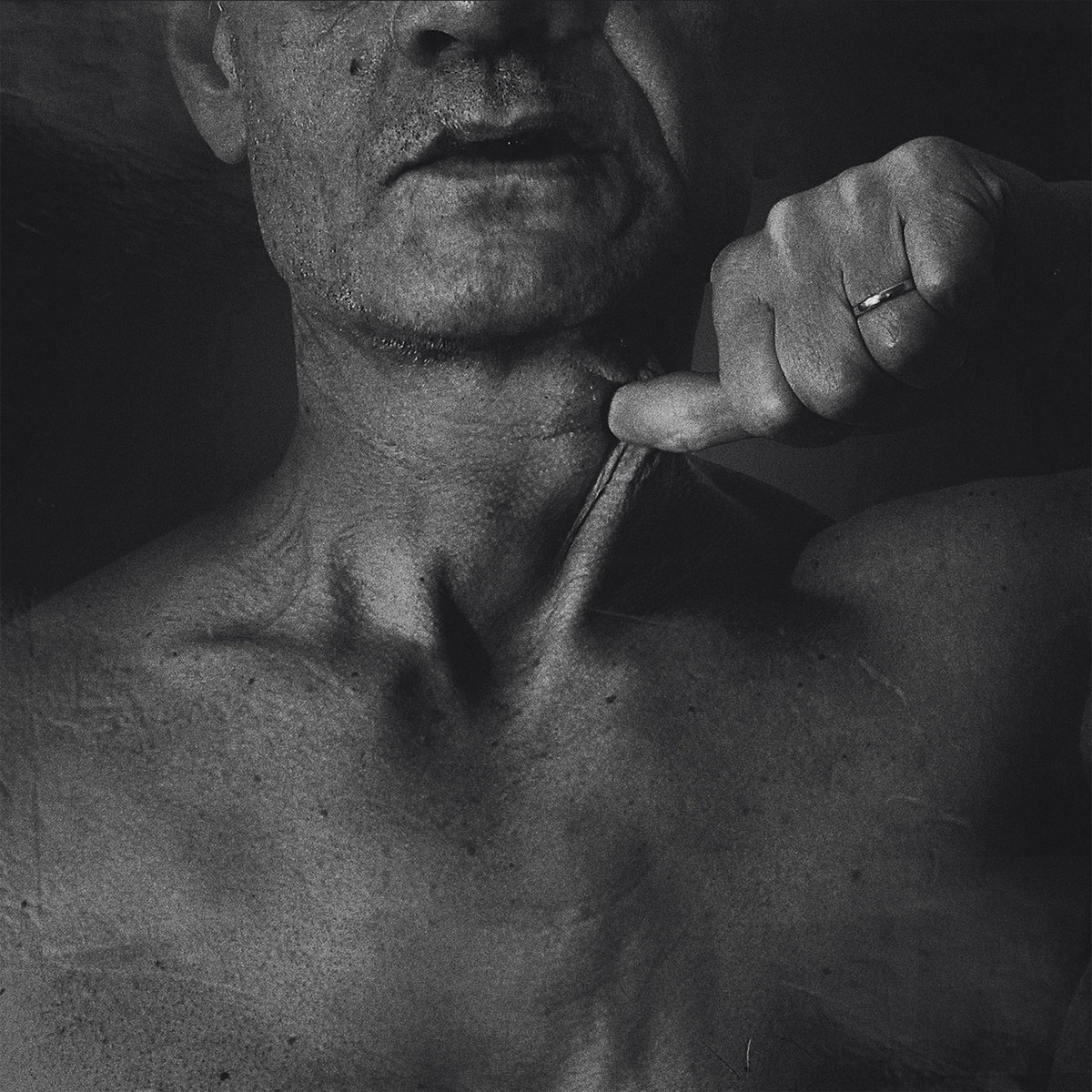

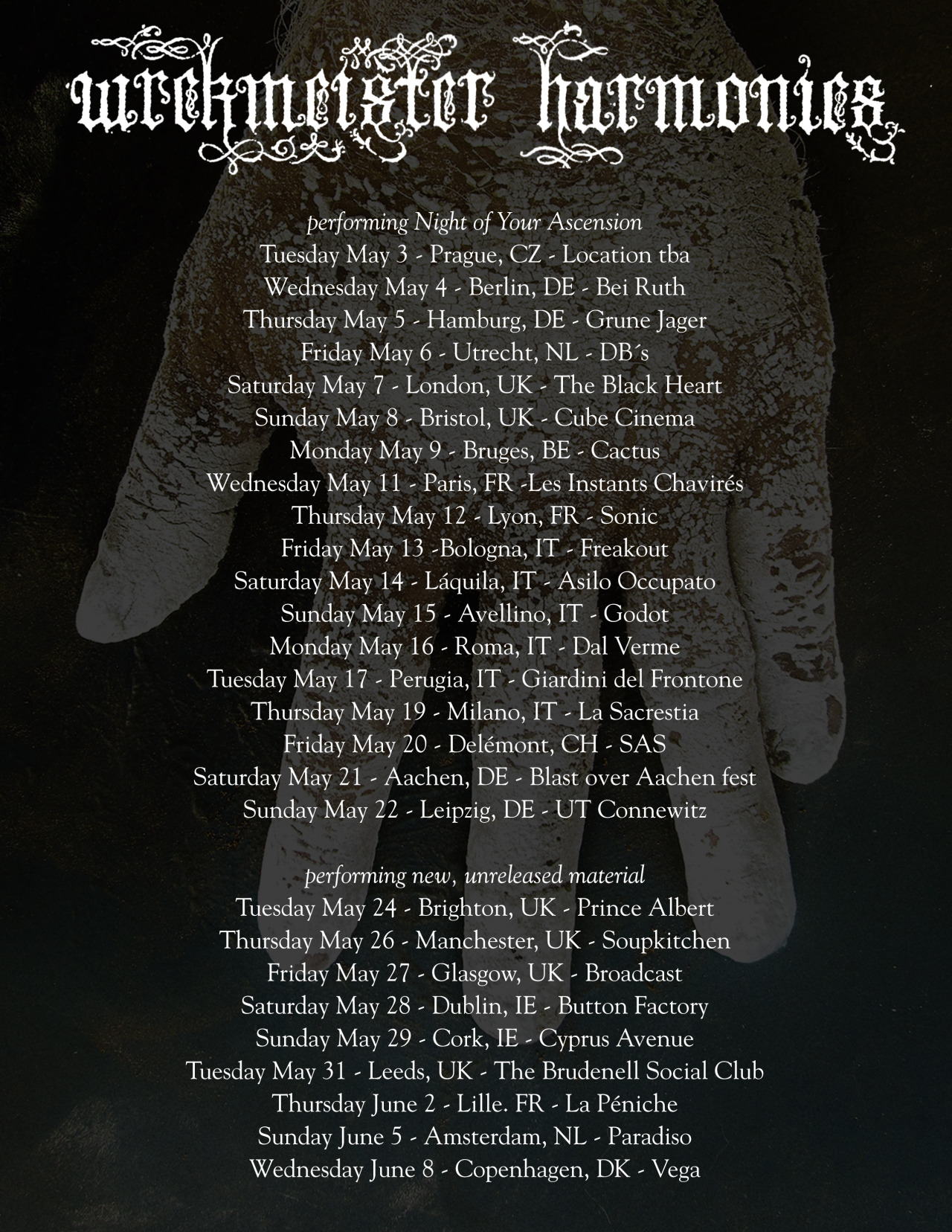
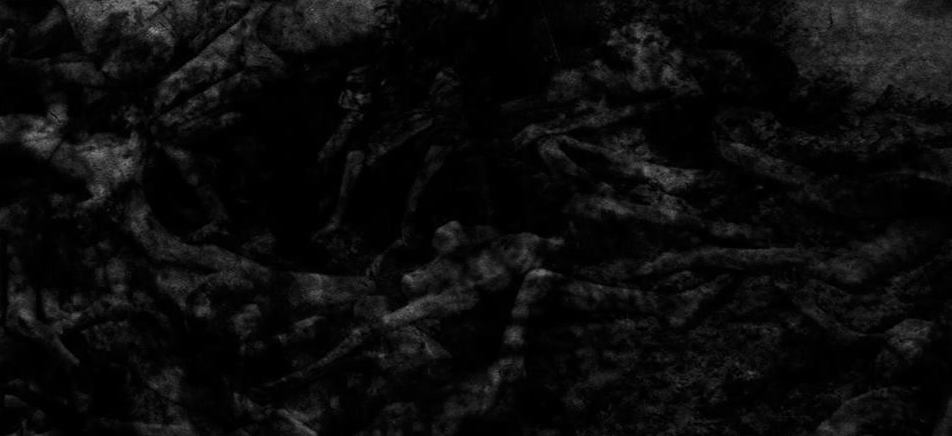

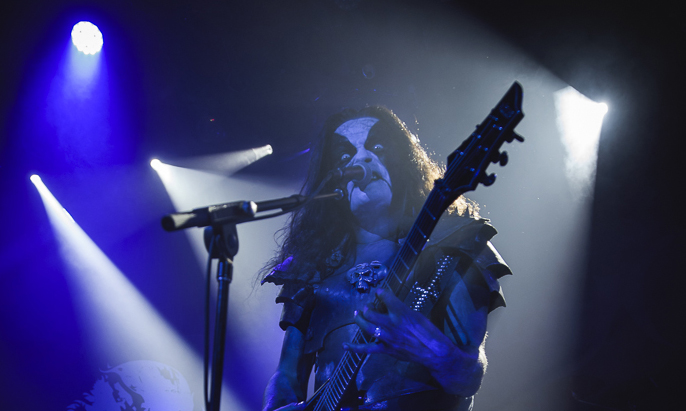

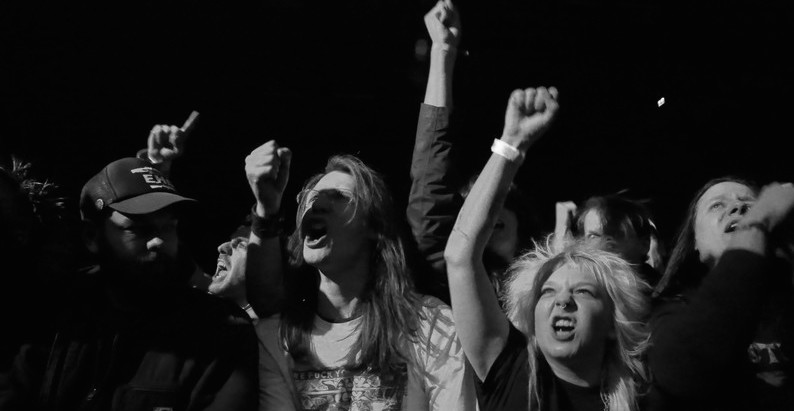
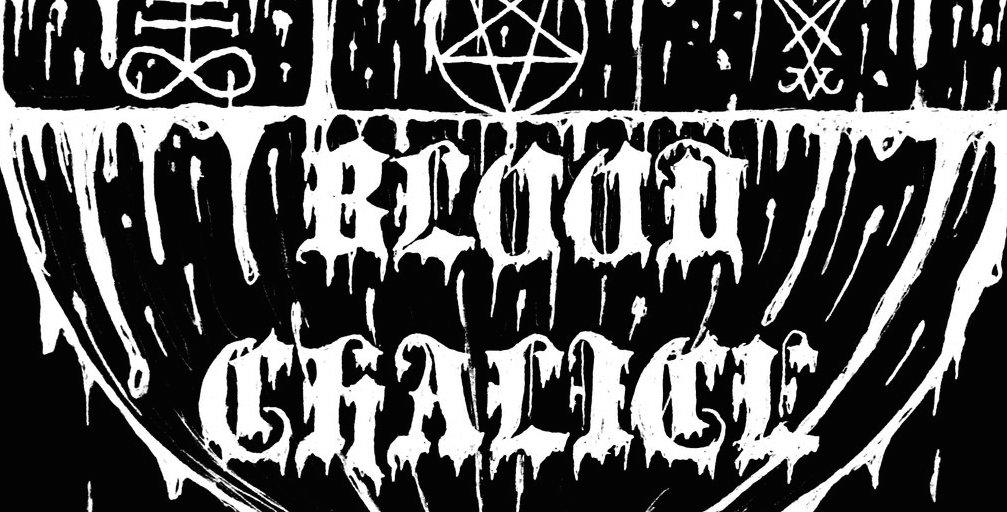
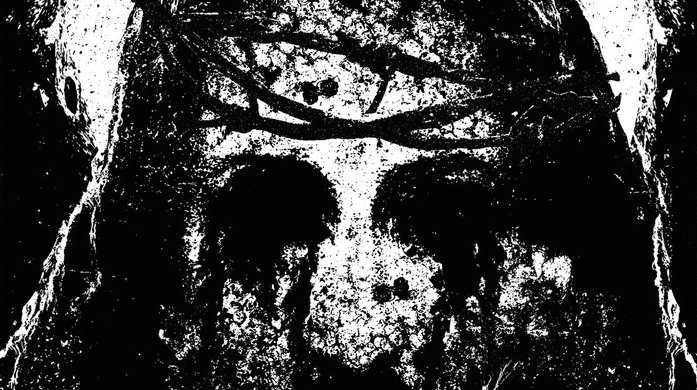




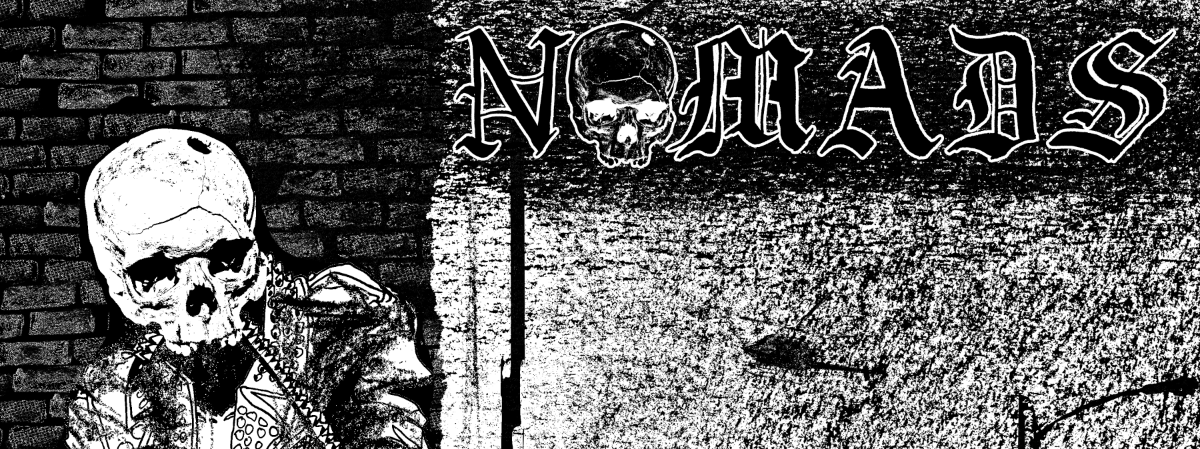
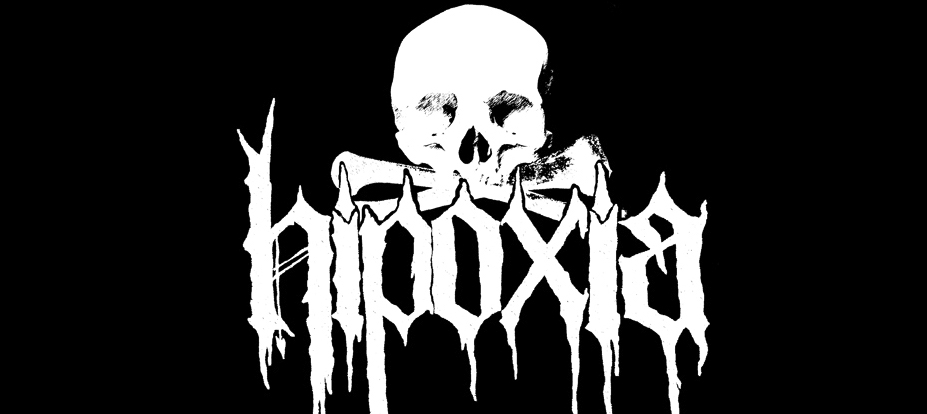
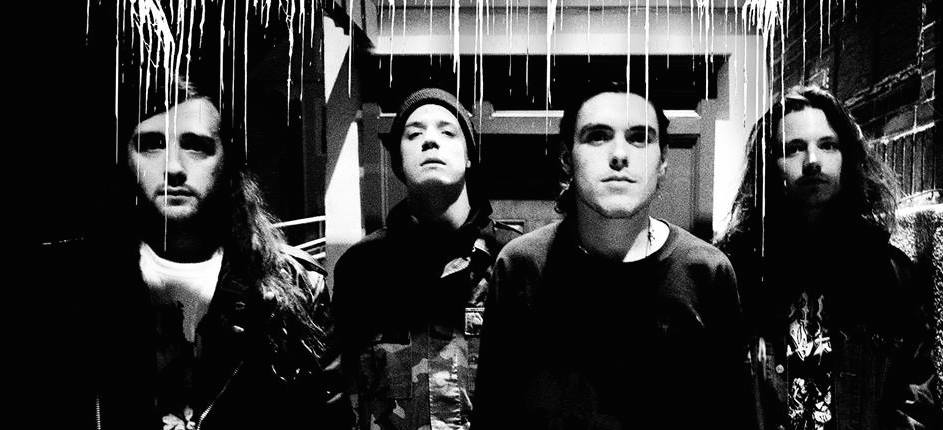


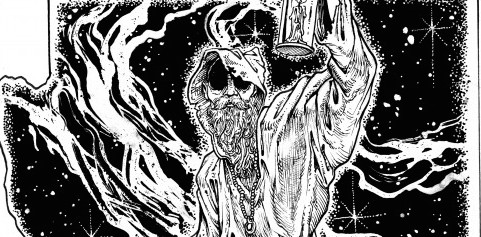
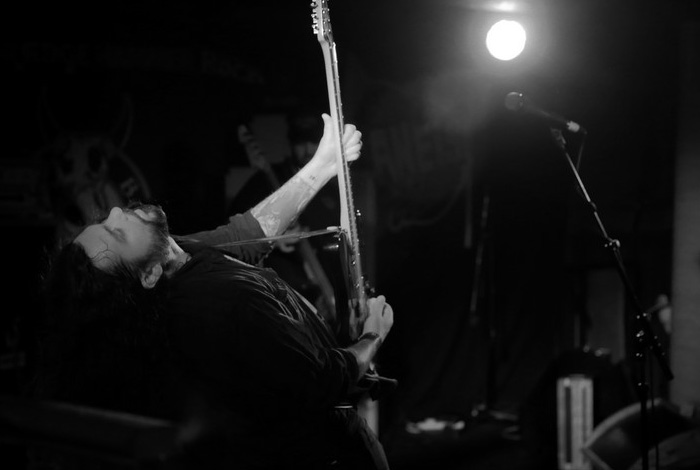
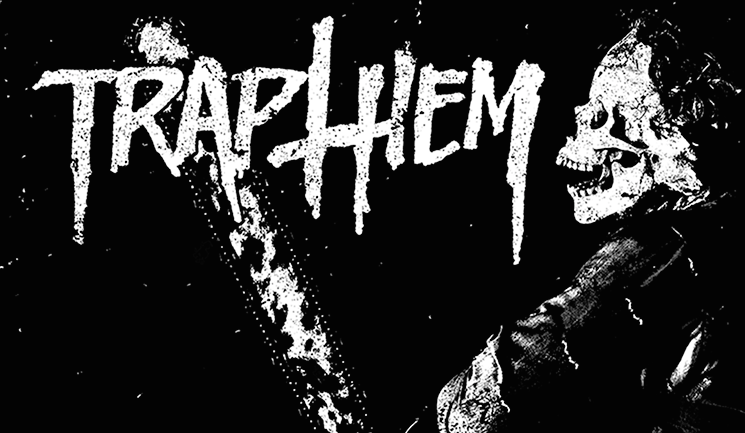

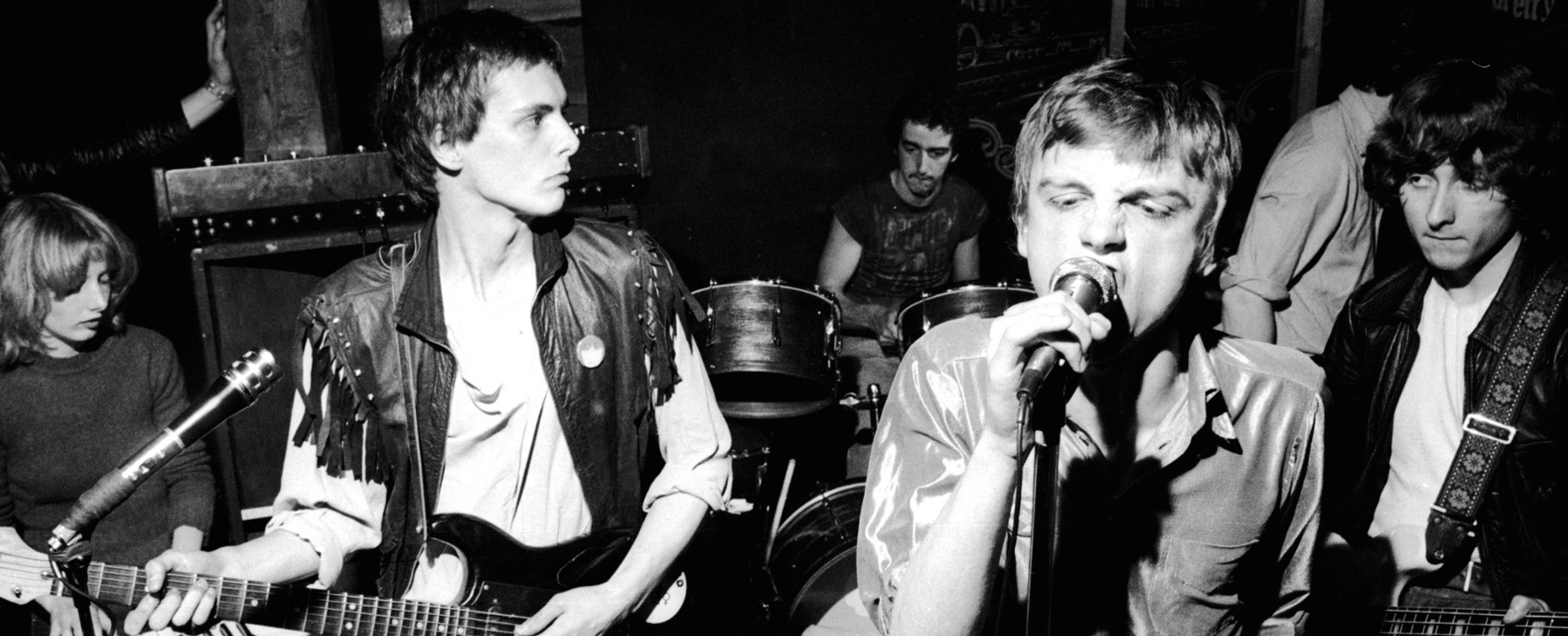
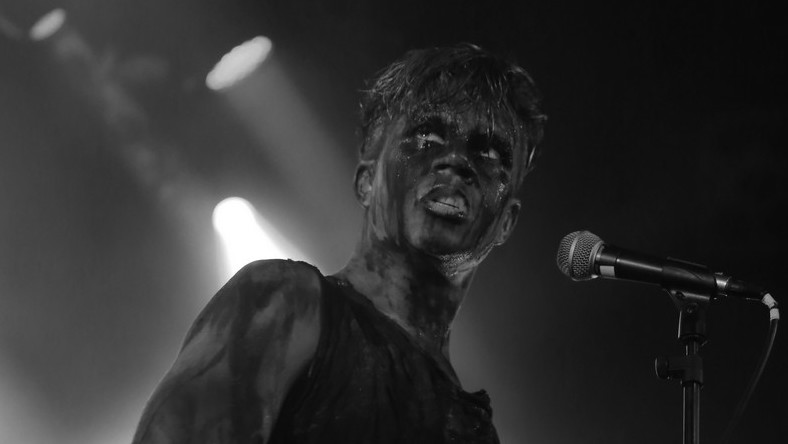
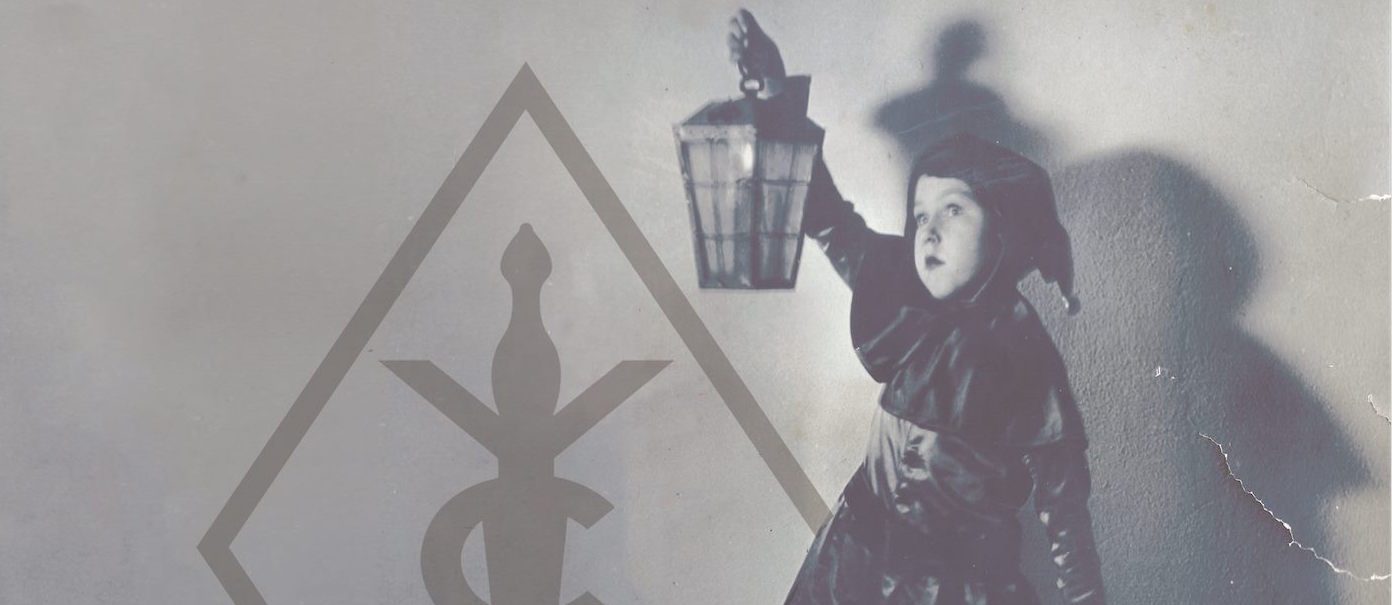



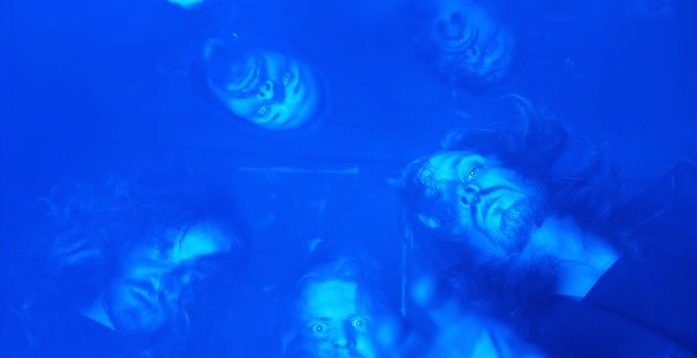
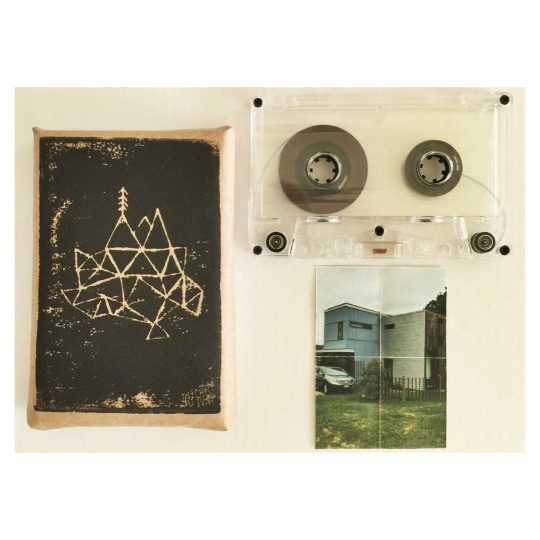
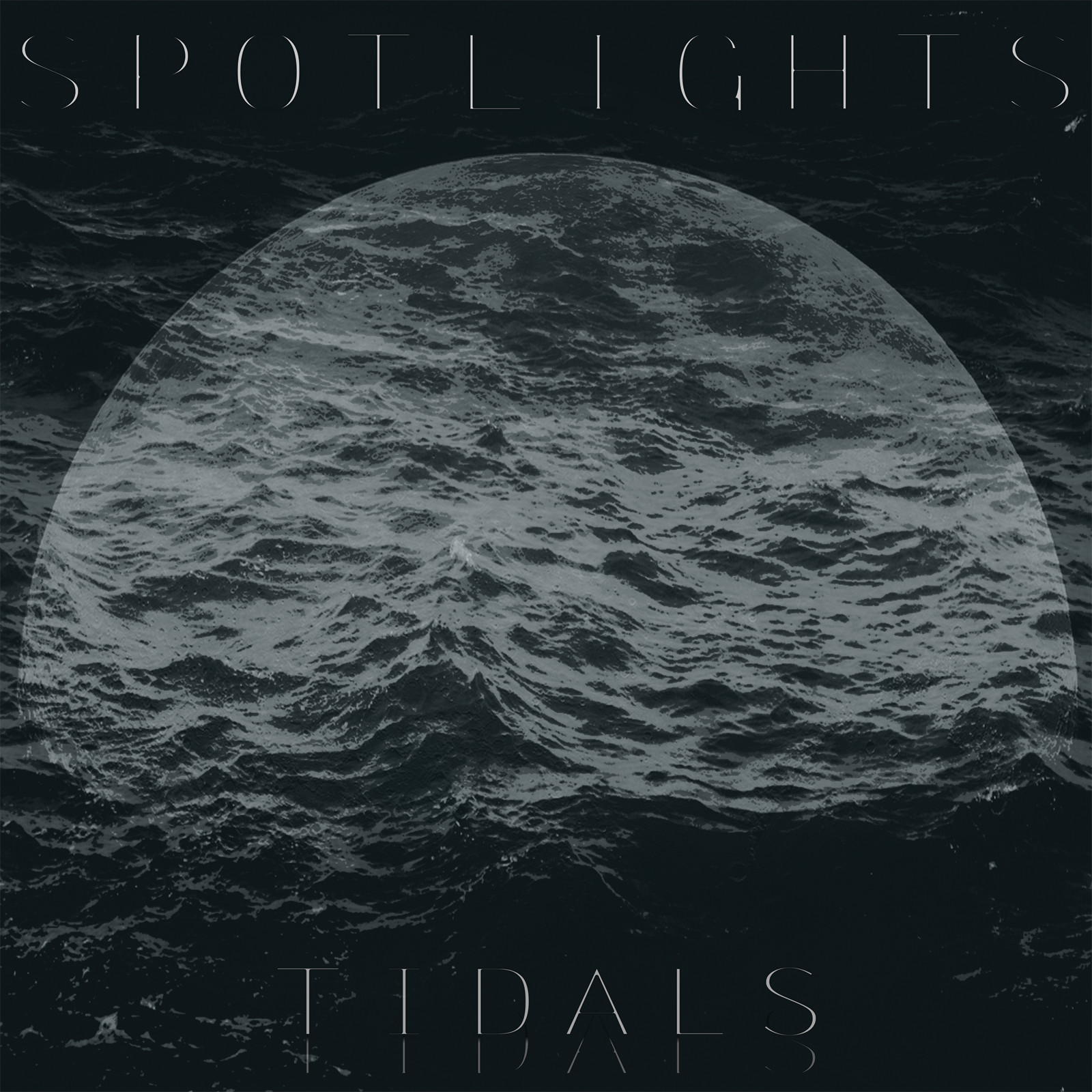
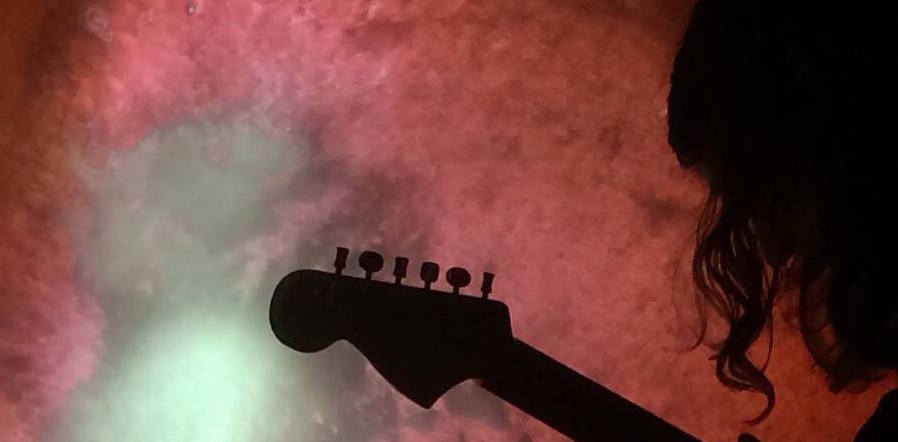

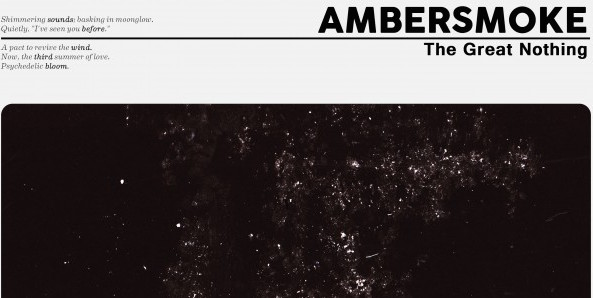
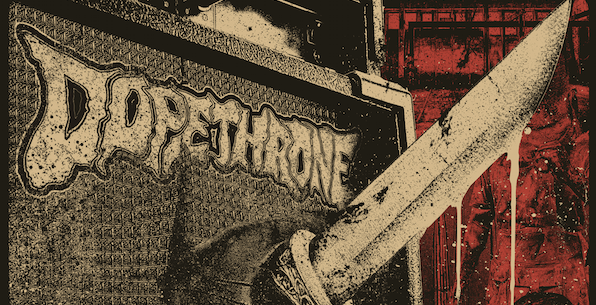


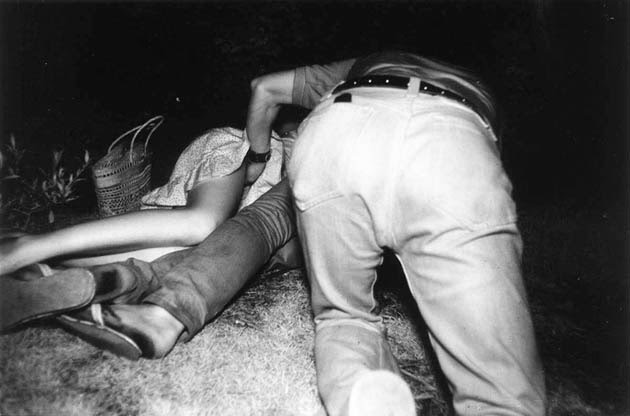
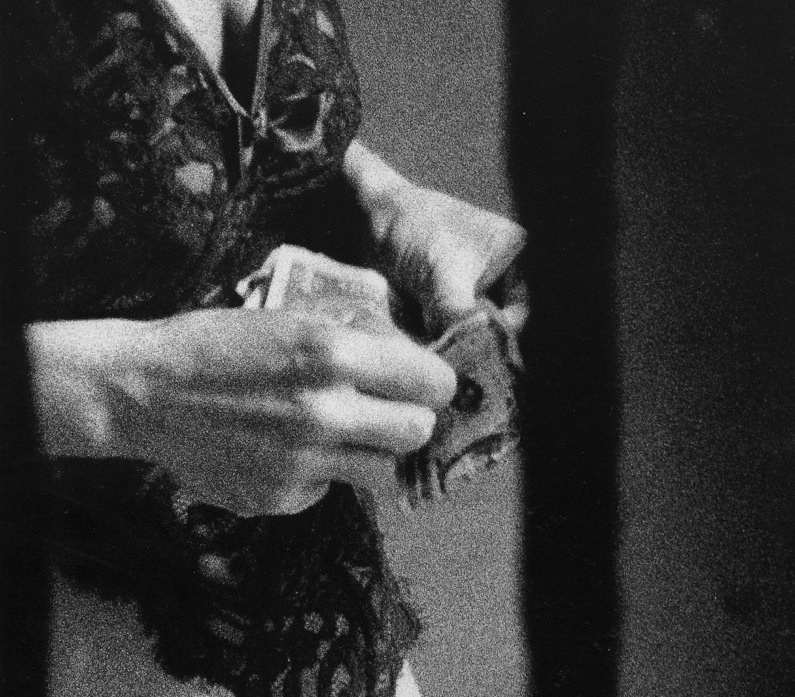

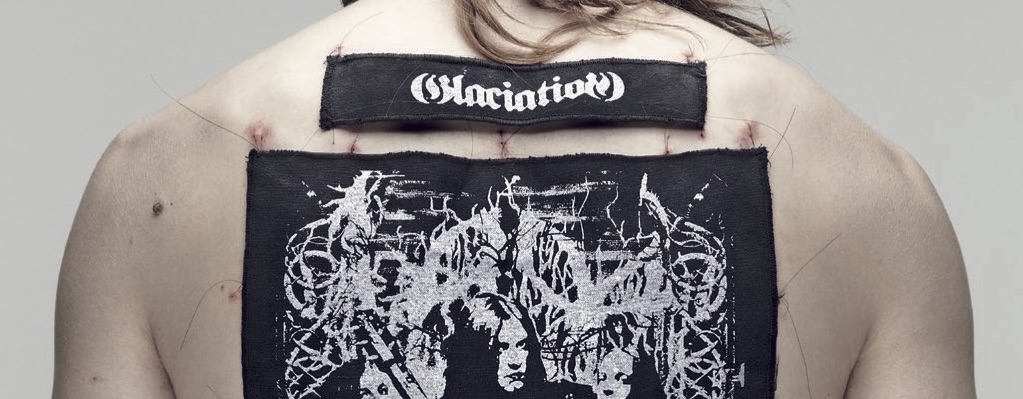

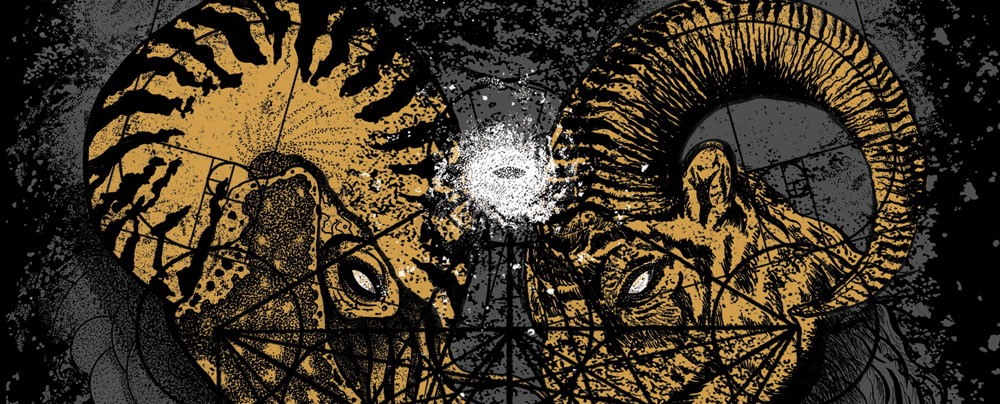

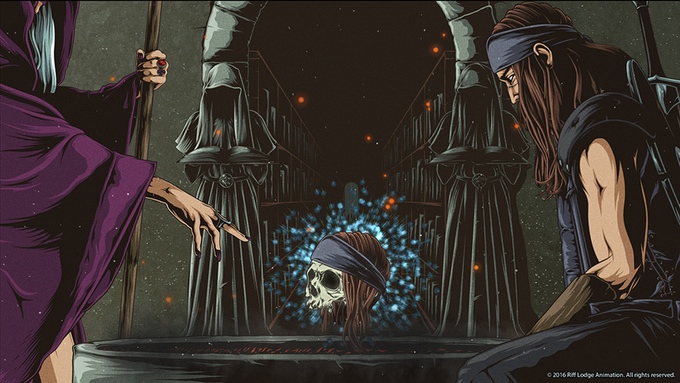
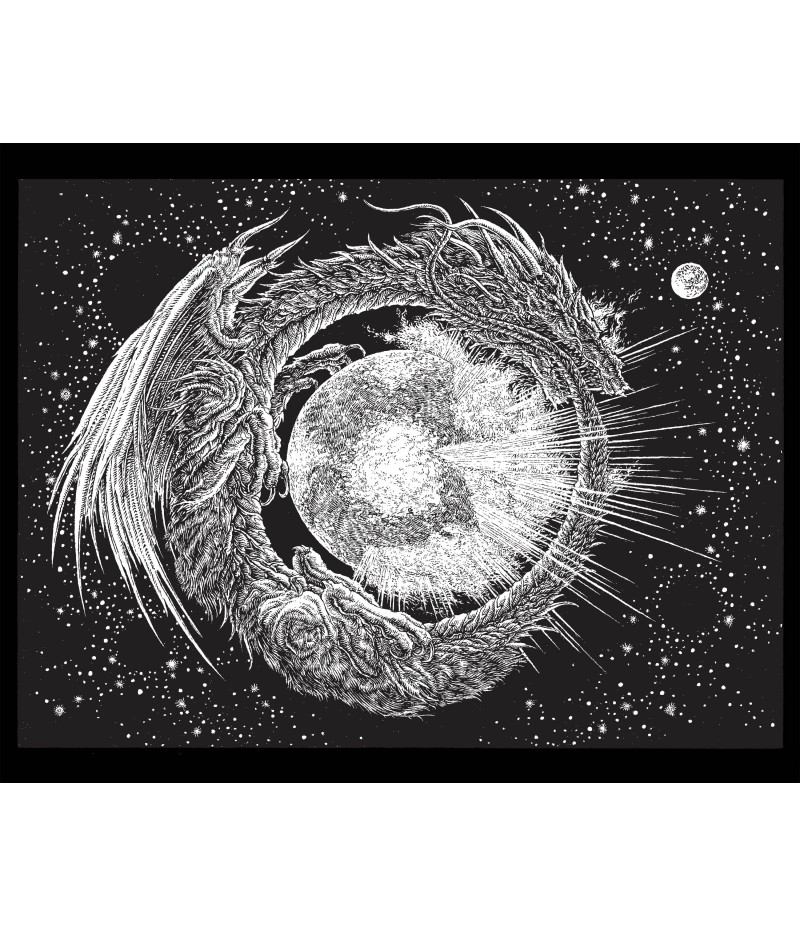



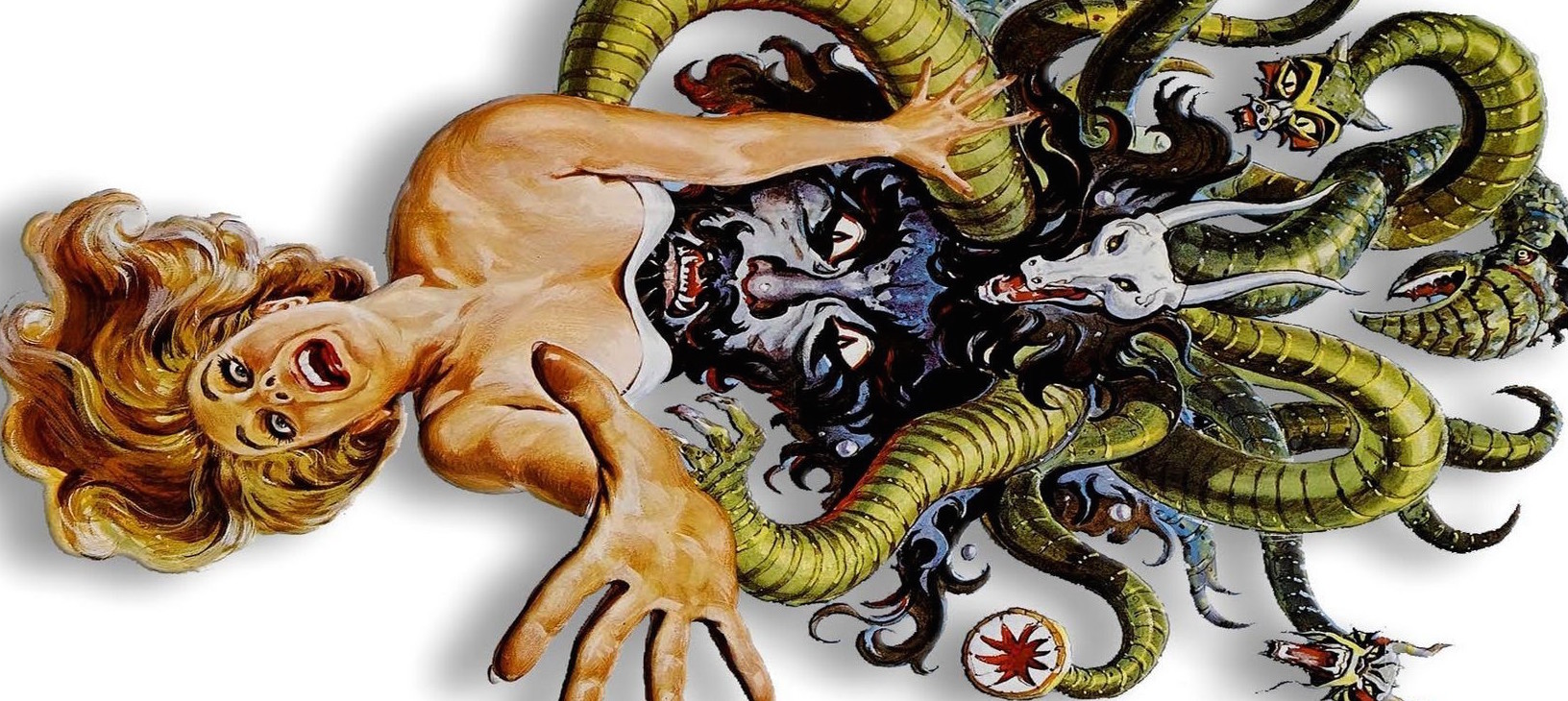

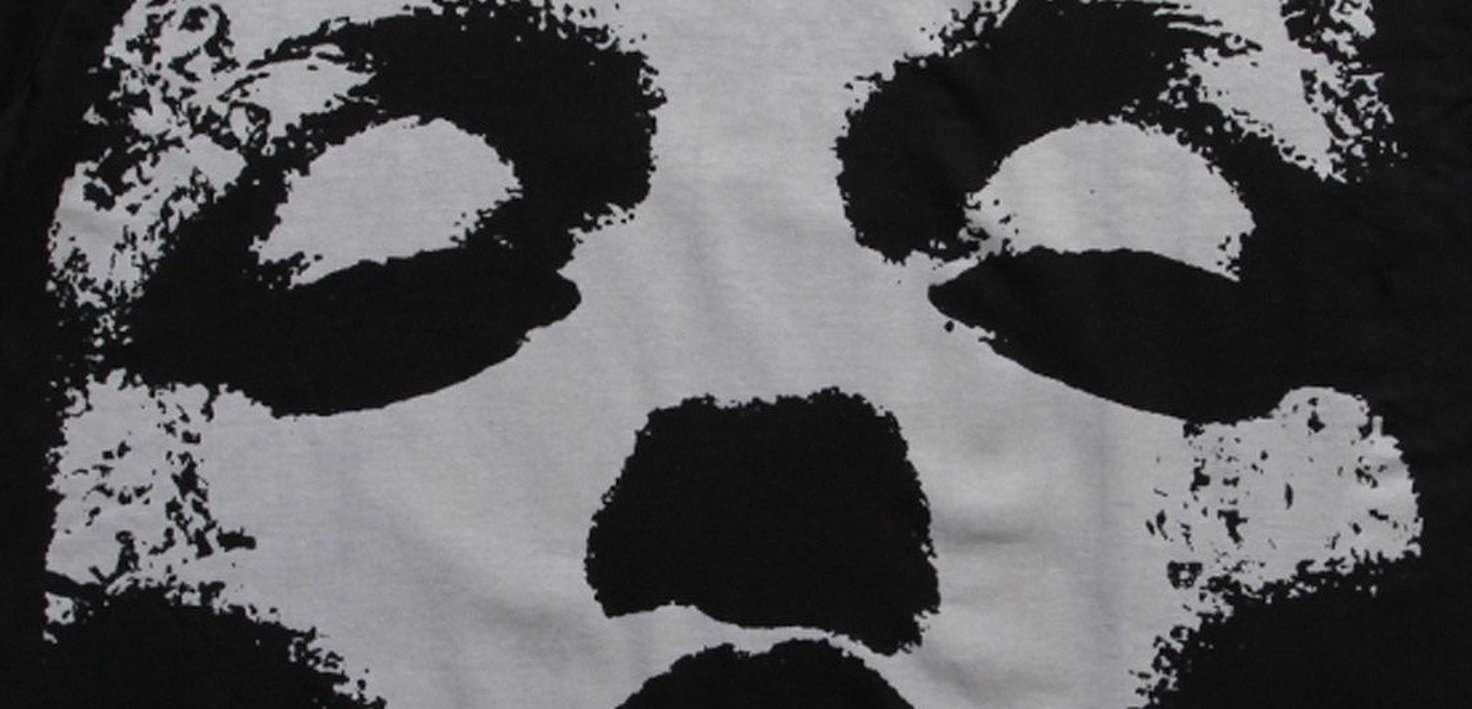
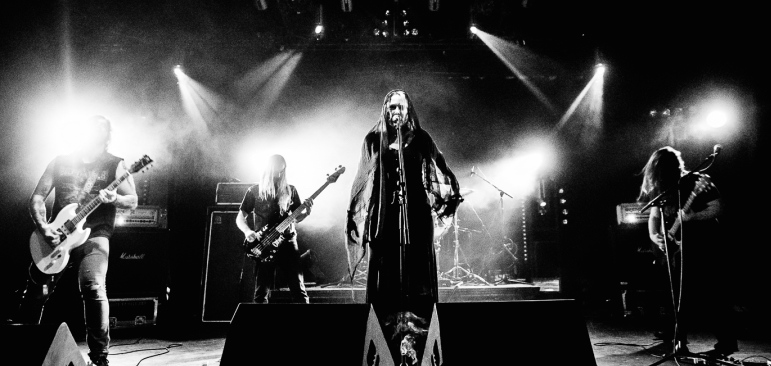
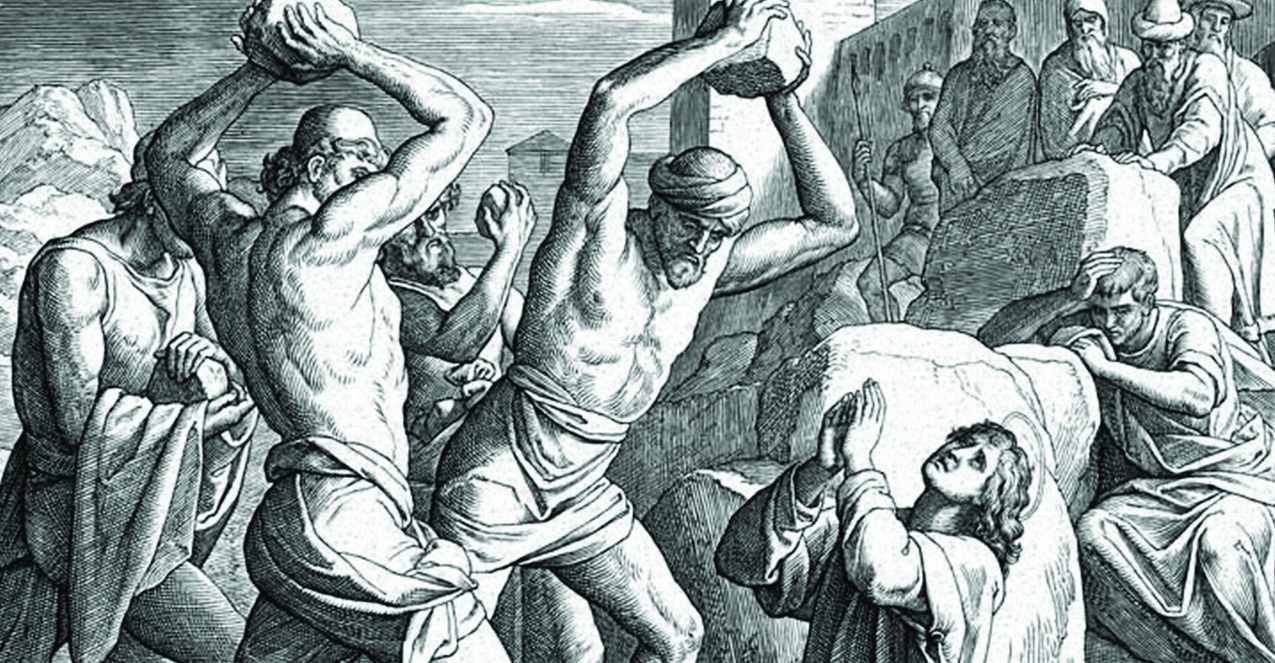
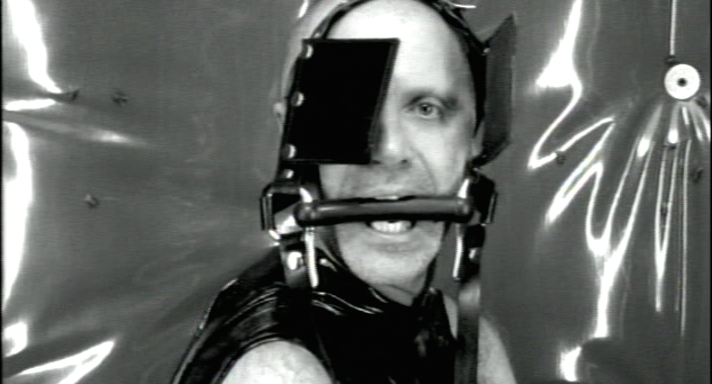

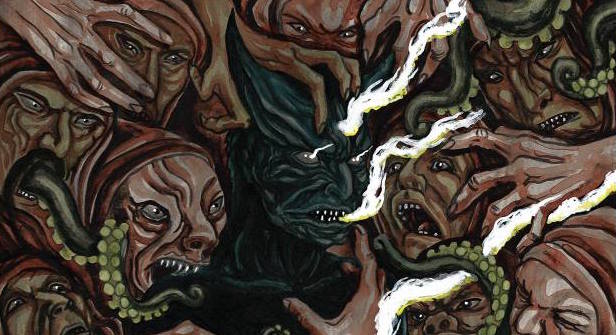


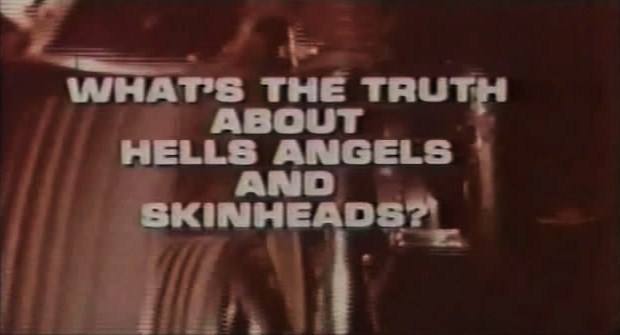









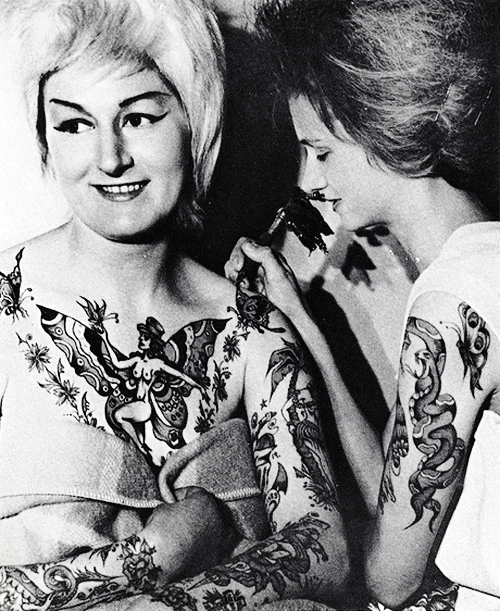

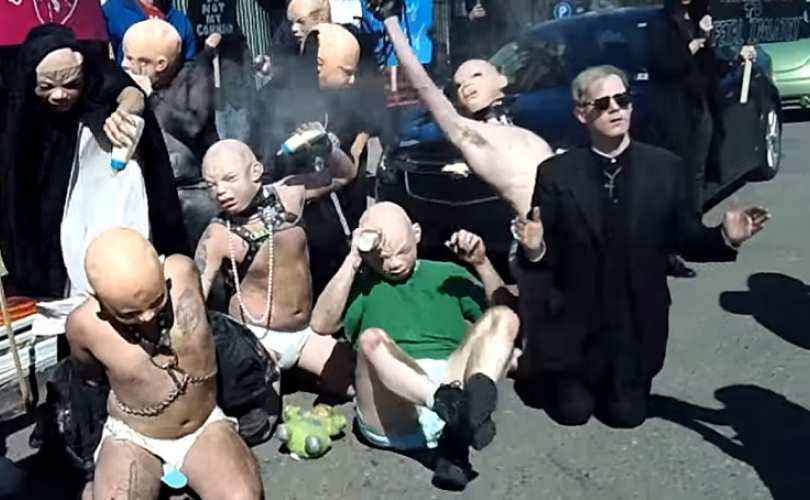






New Comments